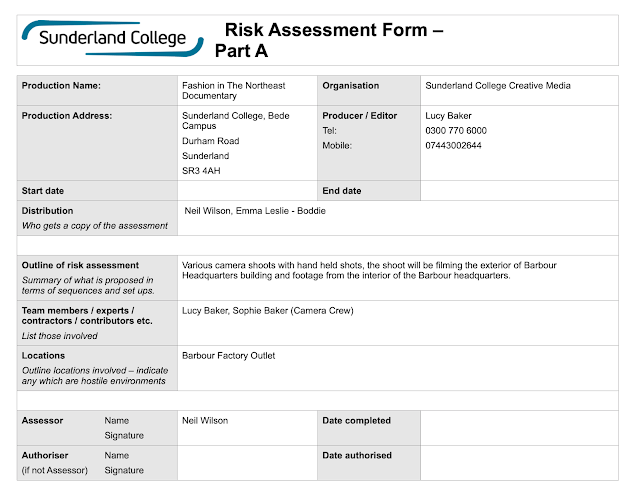Types of Documentaries
Types of Documentaries
There are six different sub genres of the documentary film genre itself, these are poetic, expository, participatory, observational, reflexive and performative. These modes establish a way that the documentary will be constructed and set up certain expectations for the viewers.
Poetic - This mode of documentary became widely popular in the 1920s, a poetic documentary is often non linear and lacking a clear narrative thrust. They rely heavily on juxtaposition of images and sound to create a mood or tone. Through this, the audience are shown an abstract, subjective, representation of reality that is achieved through techniques such as emphasized visuals and a narrative organised to fit the mood of the documentarian or documentary rather than the linear, logical organization that films followed prior to this. This type of documentary often had the intention of providing a biased, subjective reality to help shape how the audience felt on the subjects covered in the documentary.
Expository - This mode of documentary also shot into popularity from the 20s onward, expository documentaries have a clear authoritative narration/voice over mostly with an educational aim. As of recent years, this style of documentary has become entwined with nature documentaries like the widely popular BBC series 'Planet Earth' and 'Blue Planet'. Typical production elements for these documentaries include interviews , illustrative visuals, some actuality, some graphics and photos and a 'Voice of God' narration track. The is also almost always a scripted narration that connects the story elements and often unpacks a thesis or an argument. The intentions of this mode of documentary are educational therefore, research must have been conducted in order to legitimately present a certain view.
Participatory - This particular mode of documentary has a clear relationship between the film maker and the subjects as they can often be seen on screen, asking questions and expressing their own opinions. This style originated in the 1960s however, it boomed in popularity from the 1980s onwards.
Observational - This mode of documentary originated in the 1960s and took advantage of smaller cameras and faster lenses to shoot in low light and they attempted to film their subjects with as little intrusion and intervention as possible. It is often referred to as cinema verite, direct cinema or fly on the wall and it is also possibly the most analysed form of documentary. The audience are neither conditioned by manipulated visuals or guiding voice overs but are instead able to come to their own conclusions through images and videos that are simply observations. Because of this, it can be argued that this style of documentary perhaps displays a more accurate representation of reality as opposed to the poetic and expository modes.
Reflexive - Documentaries that were made in this mode evolved in the 1980s to provoke audiences to question the authenticity of documentaries in general. This mode of documentary challenge assumptions and expectations about the form itself and they often focus in part on the process of making the film, how and why they are constructed in a certain way. For example, Louis Theroux often spends time exploring the process of getting access to celebrities in a reflexive fashion, this practice details the filmmakers journey.
Performative - This mode of documentary is personal and focused on much more subjective ideas of truth that are of importance to the subject. Basically this is the direct opposite of the objective mode emphasizing the filmmakers own involvement with the subject. The film maker shows a larger social, political or historical reality through the window of their own experience. The performative filmmaker becomes a personal guide who shows it and tells it like it is with raw emotion.


Comments
Post a Comment